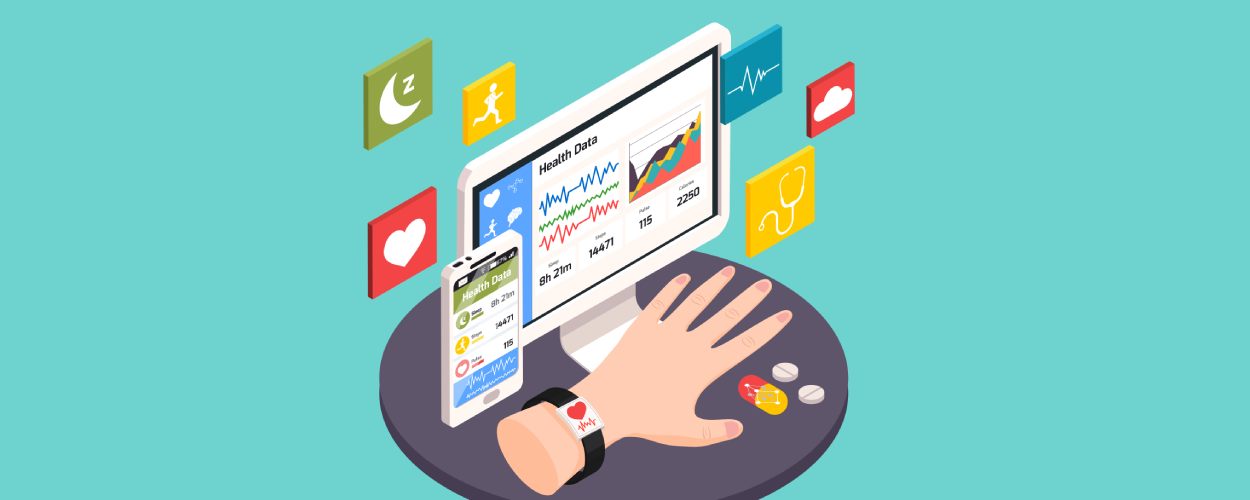
Role of RPM in healthcare
Remote patient monitoring (RPM) is an extension of telehealth and home care. It includes one or more devices which help to keep track of the patient’s physiological conditions, like vital signs, blood pressure, heart rate etc and send these collected data to healthcare professionals through softwares that are installed in any type of communication device.
RPM is useful in cases where patients require regular monitoring and this can be done outside of a hospital set up in the comforts of patient homes.
Due to continuous monitoring, it is advantageous to patients because
- They are aware of their own health conditions and can make immediate necessary adjustments.
- Saves trips to healthcare centers just for getting vitals taken.
- Since the vitals are taken more often it provides healthcare professionals with a clearer picture of the patient’s condition and so the patient’s mind is much at ease.
RPM is advantageous to healthcare professionals because
- Vital signs are continuously monitored. So the providers can spend quality time treating patients rather than just taking vitals.
- Health conditions of patients are better under control with more awareness about the situation.



